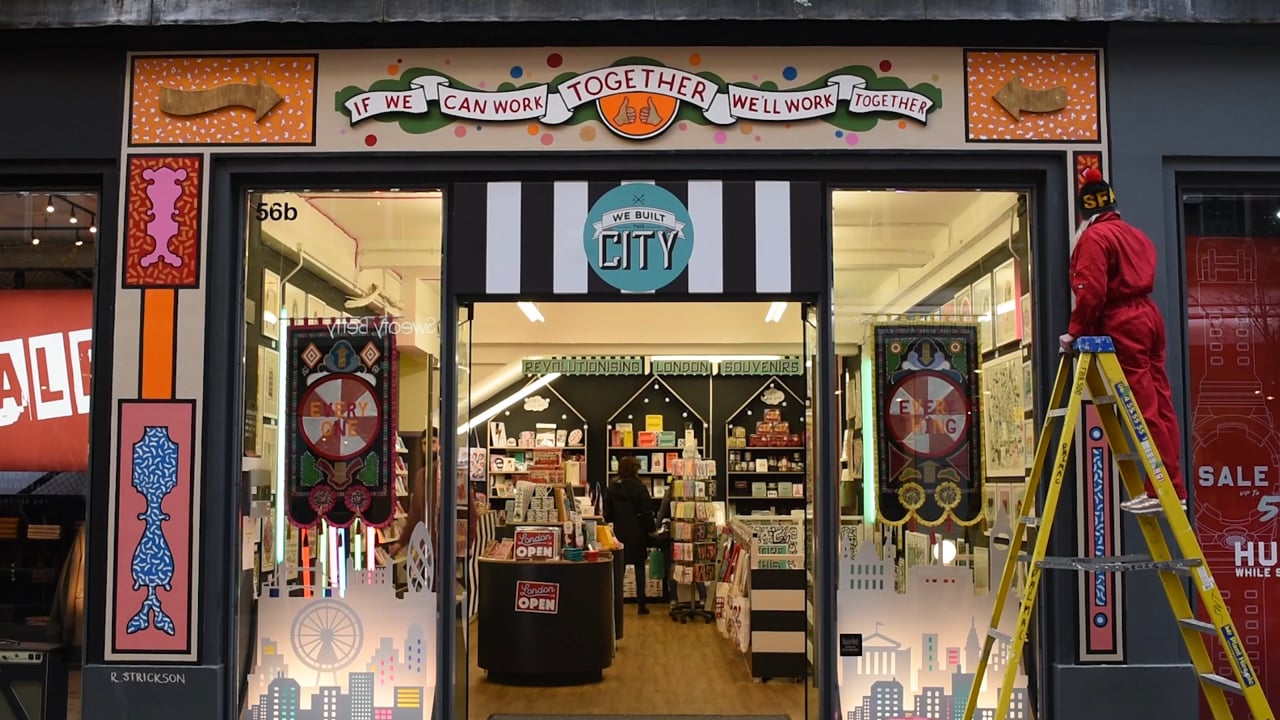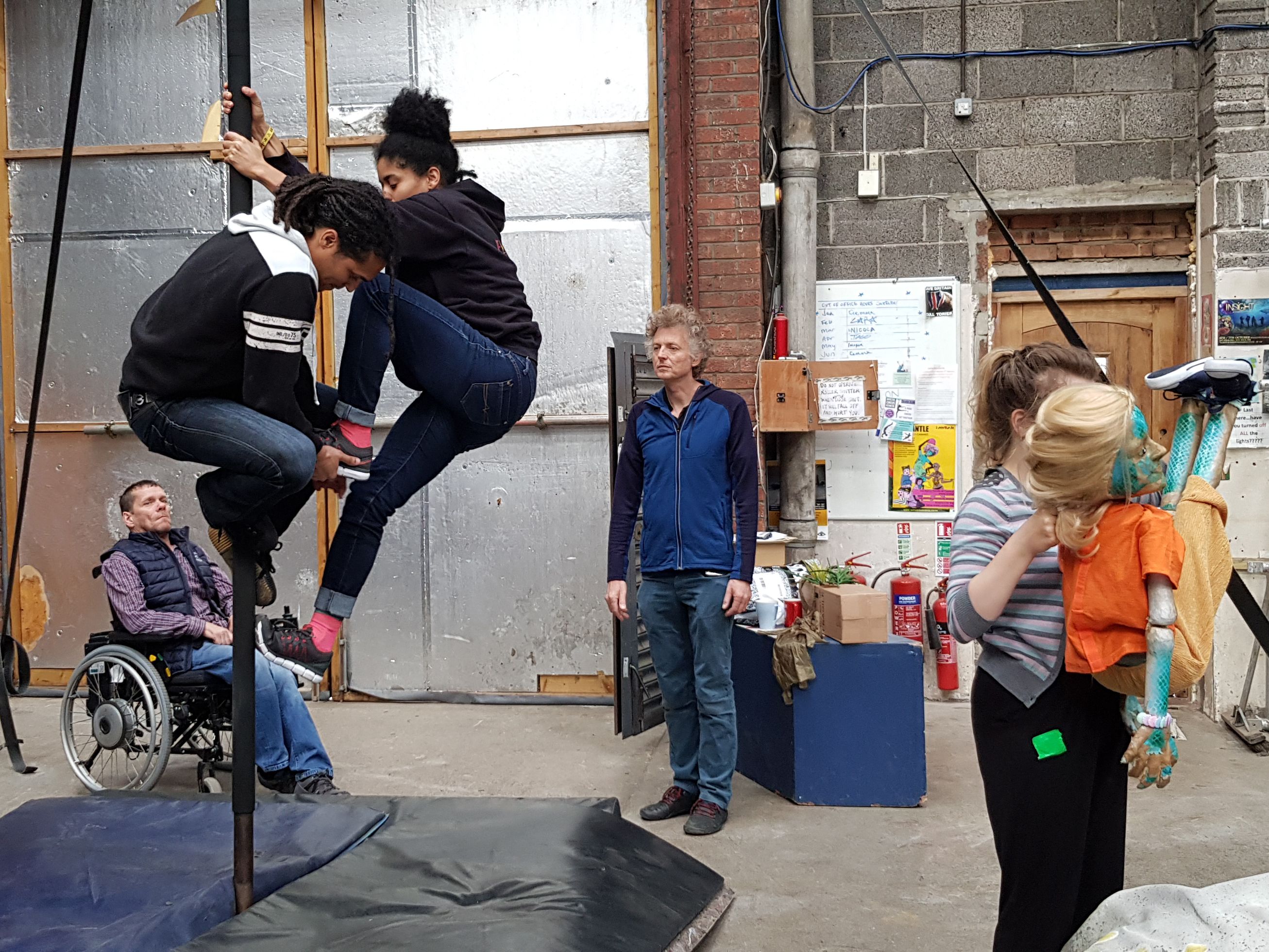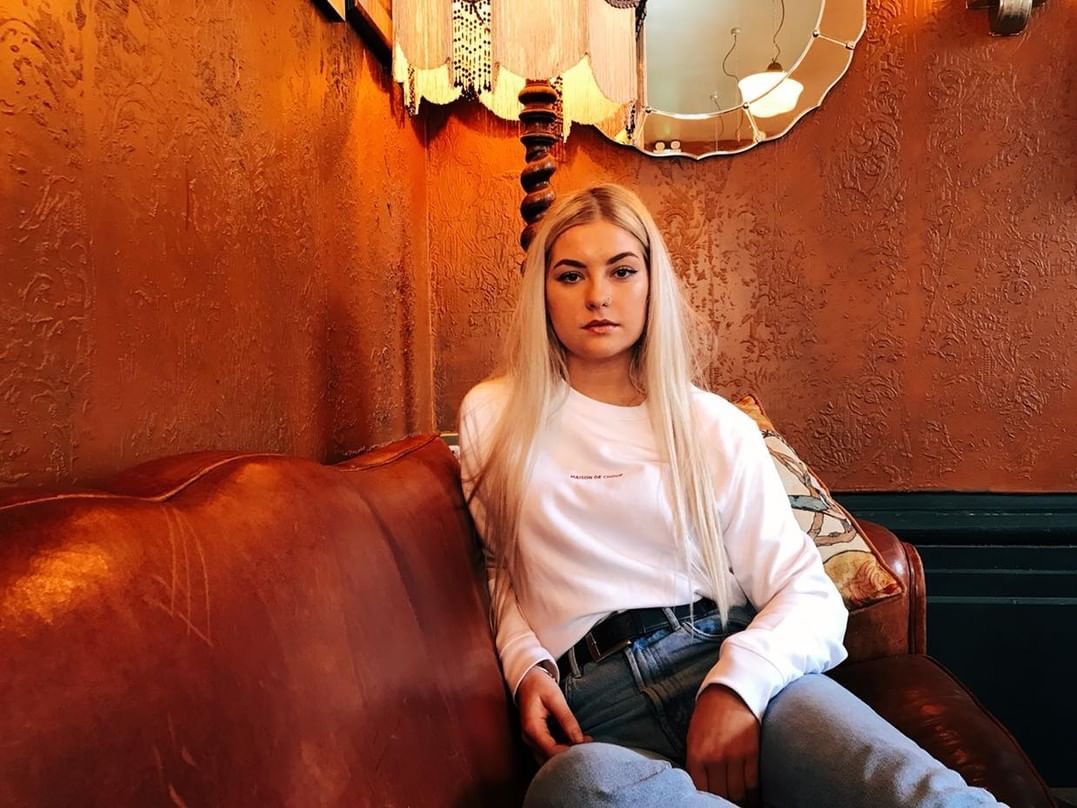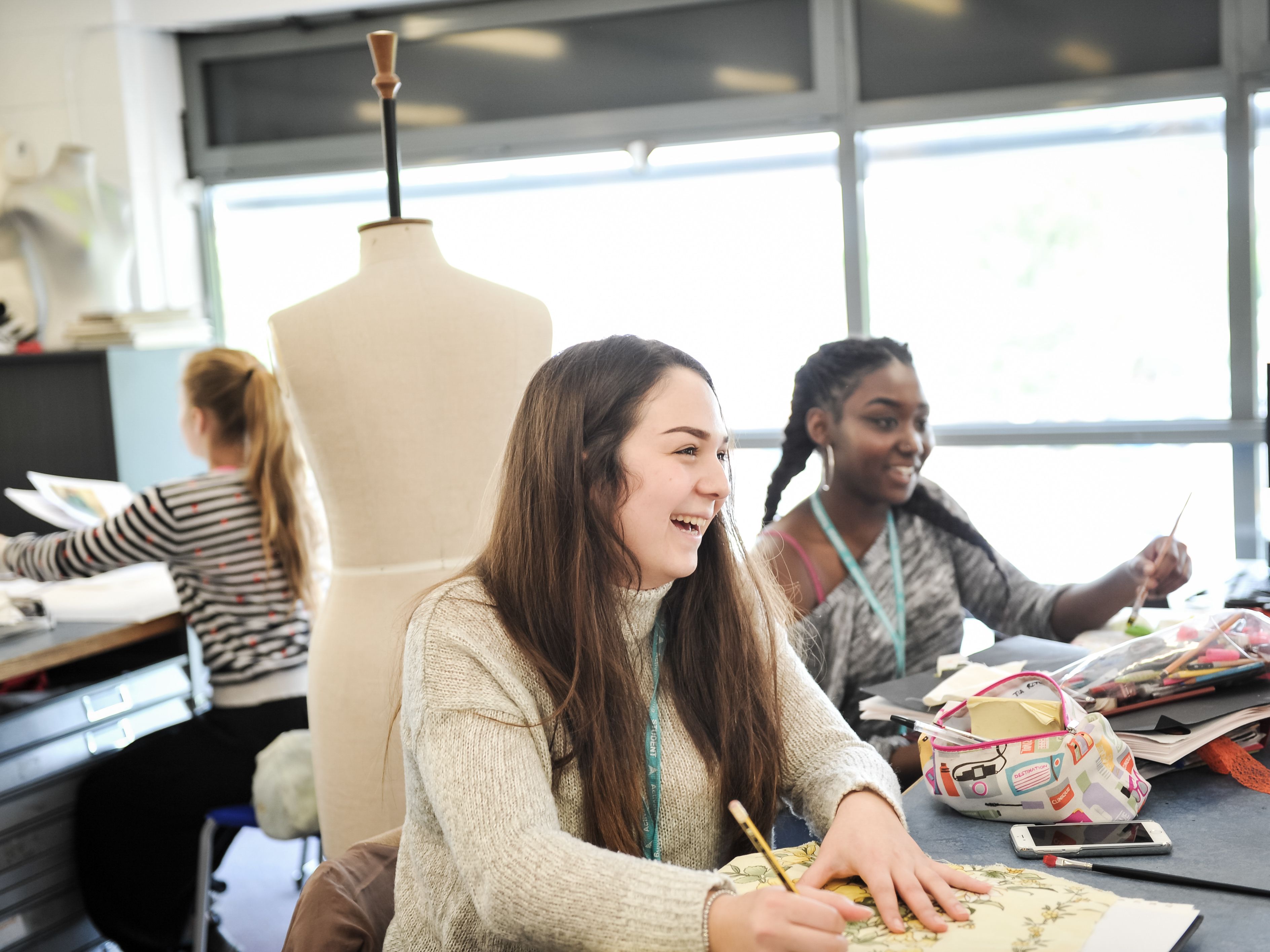Rebecca Strickson is an illustrator, artist and art director - a doer of things. Working mainly in digital illustration, traditional pen and fabric pieces, they work with several collaborators to propagate the main themes and ideas behind their work - protest, democracy, the power of collective work, community and collaborator - and is a firm believer that we are more powerful together. Rebecca works in the 'Creative Industries' as a printmaker, for corporate and private clients, and main these days, for herself. When she is not making prints, Rebecca works on large fabric banners and wall hangings. Her inspiration comes from a wide-reaching fertile ground in their immediate vicinity, but also from much older and deeper places including the rich and long history of banner-making and design, the work of female artists and printmakers from the radical feminist workshop, See Red, the Pre-Raphaelites, ancient print patterns of the world, to name just a few. UAL Awarding Body caught up Rebecca, who will be speaking at our Annual Conference in February, to find out more about her experiences as an arts professional and to find out what creativity means to her.
Creativity is…It's everything. It's my whole life, it permeates everything I do from morning till night. I don’t know what it would mean to not have it, to not be it. It's as inherent as breathing and eating and sleeping. Its how I operate. It's how I make work, think about work, and a million times more than that. It's all of it. It's also totally unexplainable. When it's everything it becomes the background. So how do you talk about it?!
I've been ‘creating’ my whole life. I started off with plasticine and play-doh, with cardboard and paper and pens and sellotape and too much glue and I was allowed to make a mess. That's always been a huge thing in my life. I allow myself or engineer myself into a space where I can create mess and chaos and then tidy up. In that space between anarchy and order comes the work.
In that space between anarchy and order comes the work.
Professionally though, I started 10 years ago - before that, it wasn’t something I could see as a way of life. But I started working in a creative business for the first time in my life - animation as it happens, and although I was working as an office manager I could see how the system and business worked. I got the chance to make some work on the side - my first ever piece of paid work! And I didn’t look back. I was fortunate and privileged at the time to be in a position to go freelance and started building up a portfolio.
It was incredibly hard. The challenges of leaving education, or full-time work, and then the reality of going into that work are huge. I had no idea what it would entail and have learnt everything on the job. I didn’t study Illustration, I was a Fine Art and Art History girl. That is something I see now as an advantage, not a hindrance, but it wasn’t always like that - I felt I had chosen the wrong course for me, and felt uncomfortable and unable to find a place within it. I came out into the world post-uni in a mindset against the art world and what I perceived that entailed. But now I can work to briefs and under direction, but I am equally happy to take my own lead and create my own ideas as an artist with freedom and confidence. I feel very lucky to be able to do so but it has taken a long time of introspection and work and I wonder if I wouldn’t have had that if I had studied Illustration or applied art. That's something I’ll never know.
But could we do more to teach students what the realities of life are like as a practitioner? Yes. Yes we could. I'm sure in the 18 years since I left full-time education much has changed for the better in that direction, but I see and review students' portfolios and I don’t see how they are being equipped to deal with 'What Happens When You Get Commissioned'. I love seeing ideas and incredible ingenuity but I want see what you do when you suddenly have your time and budget halved, and when your dream project gets canned? How do you turn round and talk to your commissioners and agents? How do you cope with the dark lonely periods when there is no work? Inspiration and talent need to be nurtured but I don’t think they become curtailed by the inevitable realities of work. In fact, tight briefs are what create so much incredible work. Illustration, like many freelance jobs, is for most a solitary pursuit. If you aren’t in a studio or in a company, chances are you’re working alone at home or at a desk. It can be hard on your mental health. I like working alone but even then sometimes it's very hard to not feel connected to your industry. Since moving to Margate last year I have felt more connected - I have a studio space and a close group of friends with similar jobs who understand the pressures of freelance work. But if you don’t have that - it can be super tough to keep motivated and keep going. We need to support our creatives as much as possible after education and within work.
We need to support our creatives as much as possible after education and within work.
I fervently and passionately believe creativity is in all of us, whether we realise, like, know or understand it. When we learn to harness that, magic happens; whether you’re making a masterpiece or deciding how to manage your to-do list. It's a human trait that needs exploration, nurture and care and is to be cherished and protected. I believe it's all about how you do things. It’s ways of seeing stuff. We need to be creative to survive and thus, we need creative education more than we ever have, especially in the current political climate. So let's get out and be the most creative we can.




